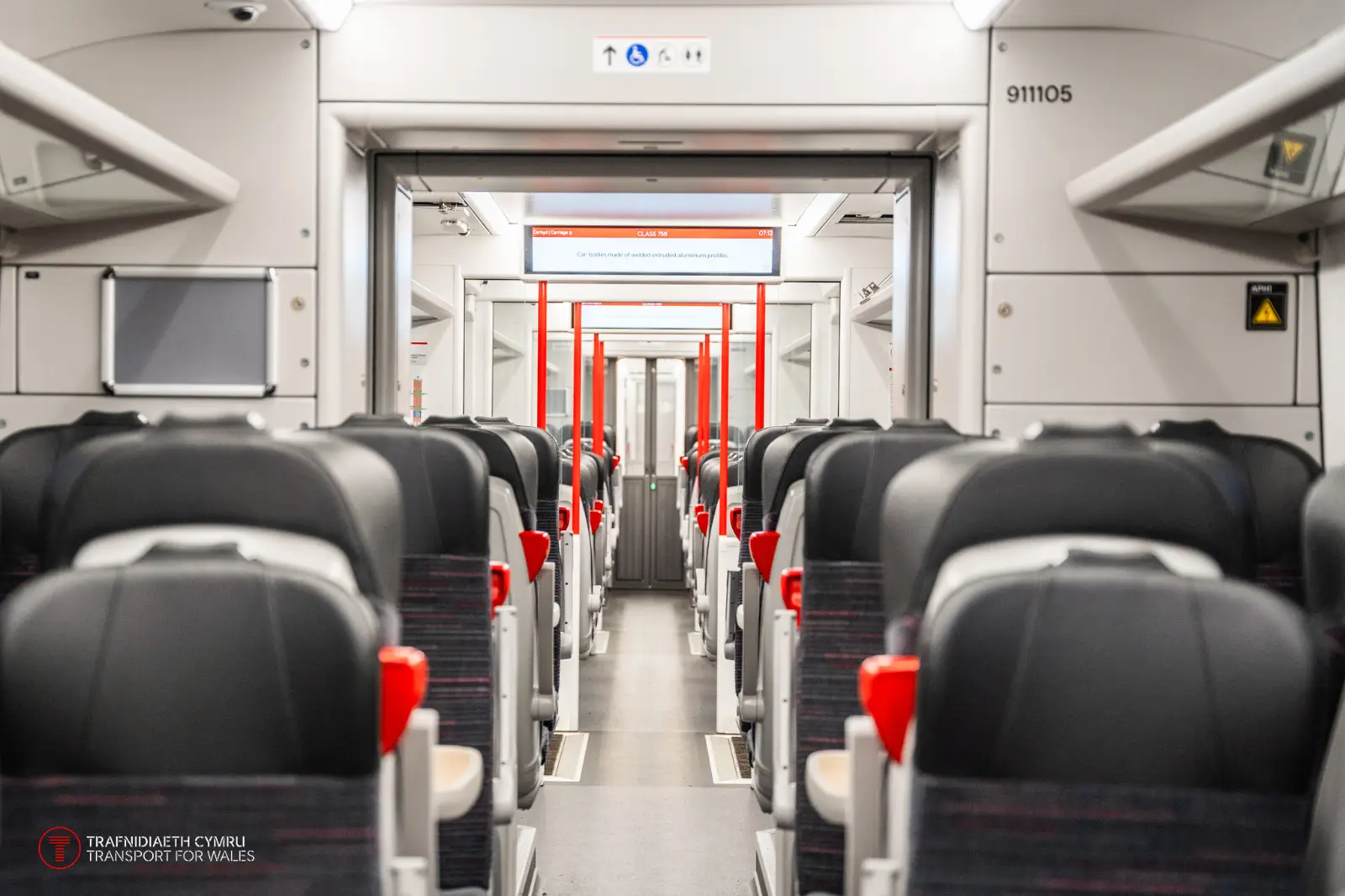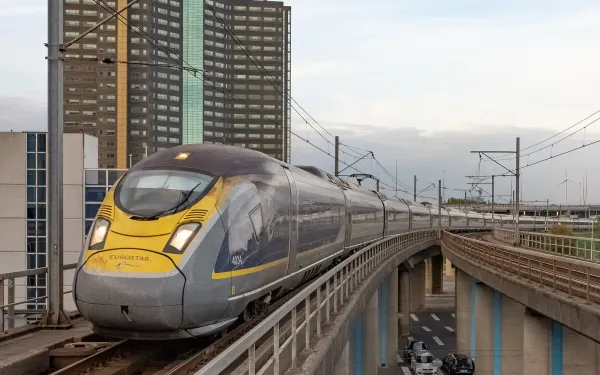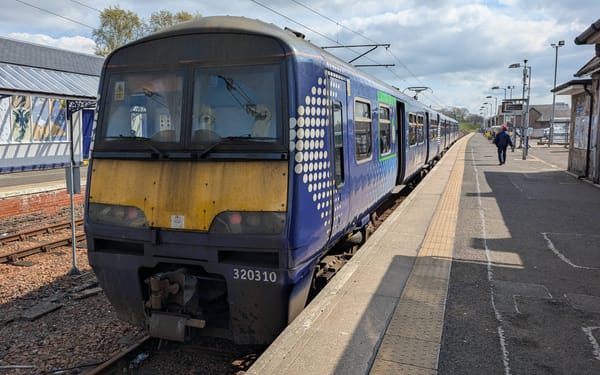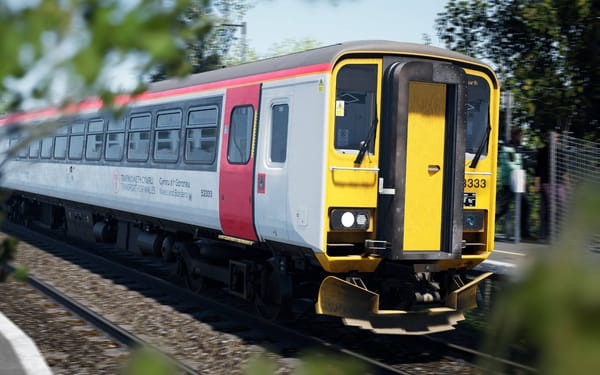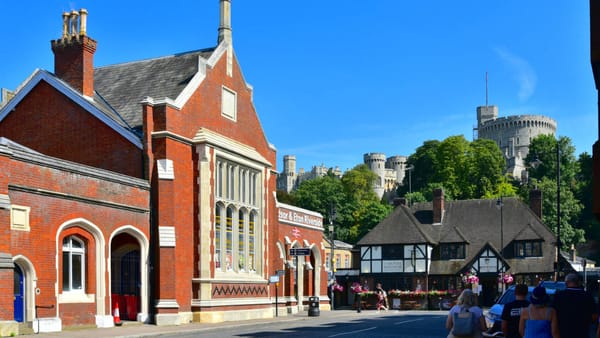Transport for Wales' tri-mode Class 756s enter service
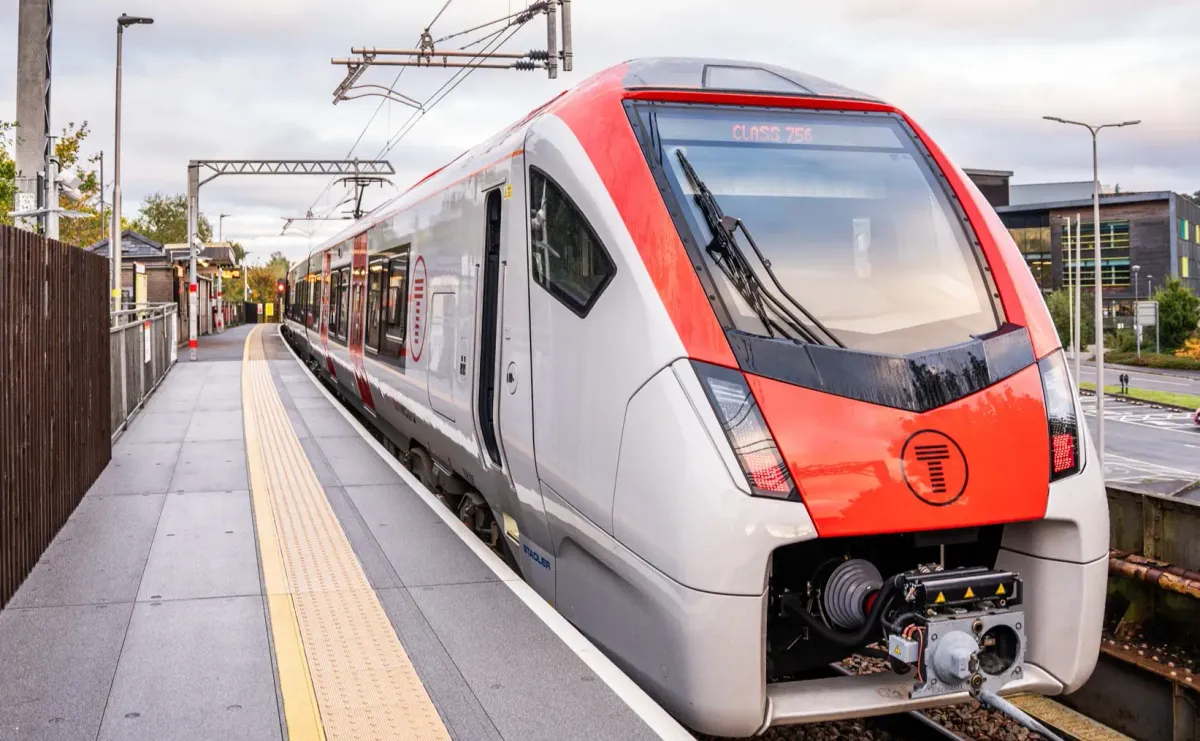
Monday, 18 November 2024 saw the official introduction of the Class 756 with Transport for Wales, following their first revenue earning outing on 15 November.
Transport for Wales ordered 24 of these new tri-mode multiple units and plans for 14 to be in service by Spring 2025.
Being tri-modal means the rolling stock can be powered by diesel engines, battery power, or, where available, 25 kV overhead lines. Having multiple modes of operation affords flexibility in where the trains can run, and offers back-up options in case one mode fails.
They will initially operate services along the recently electrified Merthyr, Aberdare, and Treherbert lines, until the Class 398 'tram trains' take their place. At that point, the Class 756s will be shifted to the Rhymney and Vale of Glamorgan lines.
The trains were constructed by Stadler and belong to the FLIRT — Fast Light Intercity and Regional Train — family of rolling stock, like the Class 745 and 755.
Since its contract with Greater Anglia, Stadler has established a reputation in the UK for reliable, highly accessible trains. It looks to continue this trend with the Class 756.
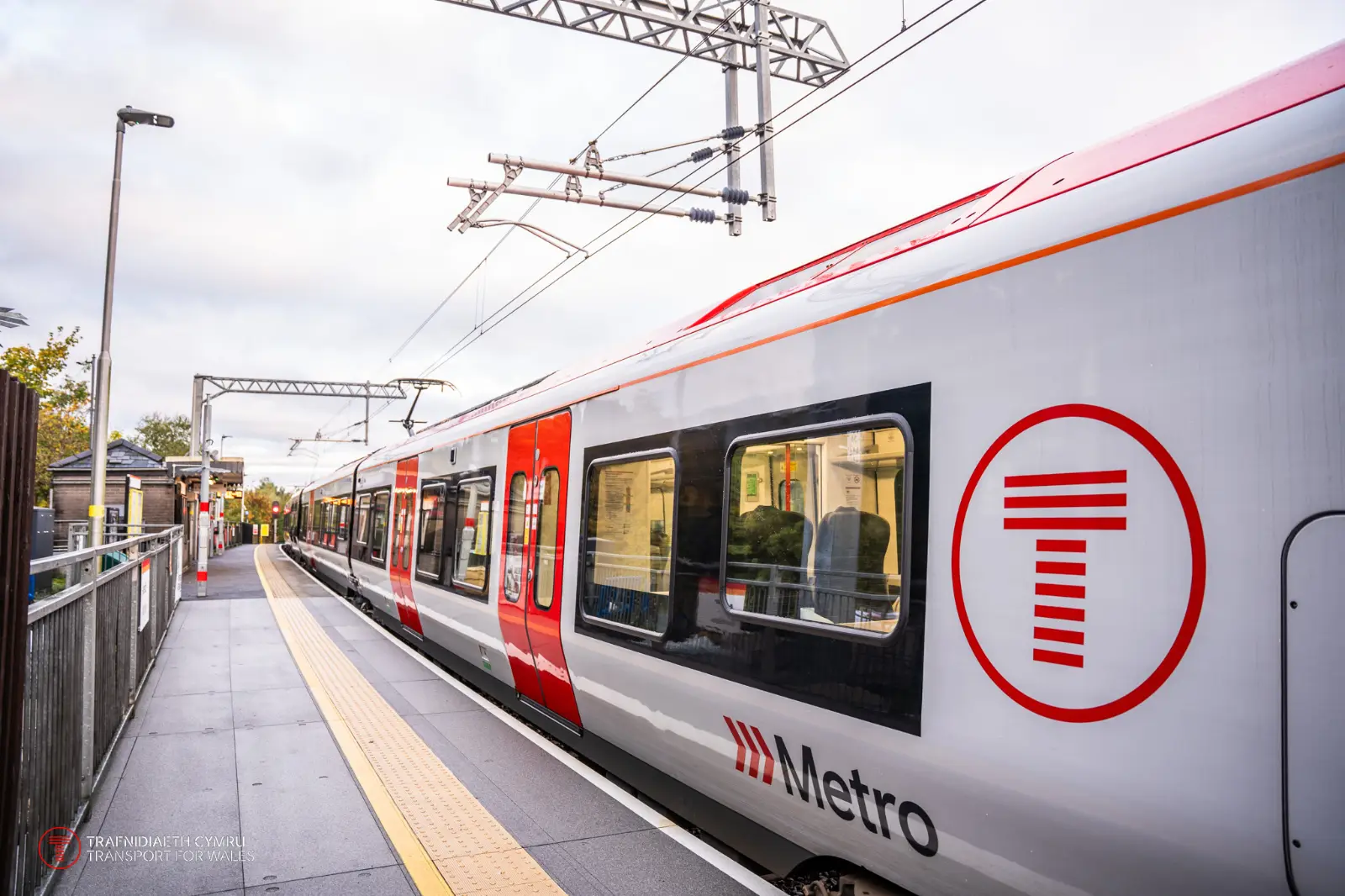
For one, there is level boarding with a motorised, retractable step to bridge the gap, enabling wheelchair users to board the train with limited or no assistance. There are also digital passenger information displays (as opposed to dot matrix) throughout the train.
Passengers can expect to find the usual amenities of modern-day rolling stock, including air conditioning and heating, plug sockets for charging devices, internet access, and space for six bikes. Seating is standard class only and is arranged in a 2+2 configuration.
One quirk of these trains is their 'power pack' vehicle, which house the components required for their multi-modal operation, e.g., diesel engines. They contain a narrow walkway with hand rails, so it is still possible to walk to and from each end of the train.
James Price, CEO, Transport for Wales, praised this "huge moment for TfW and Wales, as we’re the first in the UK to be introducing this modern ‘tri-mode’ train into passenger service.
"We’ve been modernising and electrifying the railway line and we are now extremely proud to be able to introduce the first of our brand-new trains that will be powered by electricity."
Meanwhile, Emil Hansen, Commercial Project Manager, Stadler, reflected on the work: "We are thrilled to see the UK’s first FLIRT tri-mode enter passenger service in Wales. Using battery technology, these transformative rail vehicles represent a significant leap forward in Transport for Wales’ efforts to drive decarbonisation and underscore Stadler’s trail-blazing technology and commitment to clean energy.
"The realisation of these state-of-the-art trains is testament to the effective collaboration between Transport for Wales, Stadler and many other involved parties, and we look forward to continue building on this successful partnership."
The rollout of these tri-mode multiple units marks a major milestone in the train operating company's South Wales Metro project, which has been part-funded by the European Regional Development Fund.
